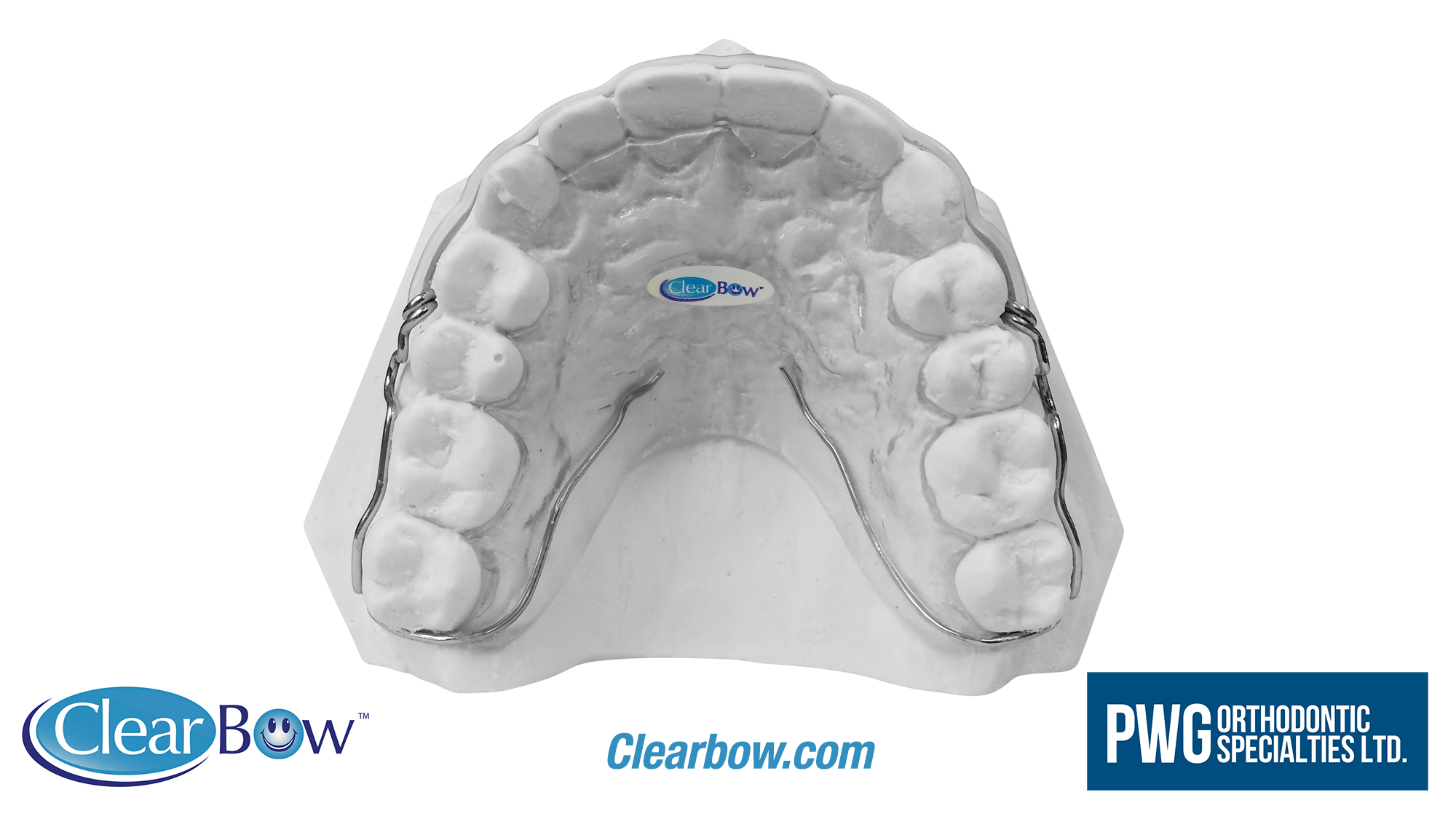

#Wraparound retainer full
We prefer a full palatal coverage for invisible retainers, especially when maxillary expansion was part of the orthodontic treatment. Adapt the pellets from the cast to the cup’s rim. Position the cast on the Biostar in the lead pellets cup so that the area 5 mm below the gingival margin of the cast is at the same height as the cup rim. Apply silicone spray or liquid separating foil to the casts. Since we attempt to use the same casts for the Hawley retainer construction, we prefer to have strong casts with flat, solid bases that are approximately 12 mm thick at the thinnest point. Also look for undesirable undercuts around all teeth and block-out as necessary, especially with patients with periodontal problems or missing teeth.įigure 14.35. In the mandibular arch, remove the tongue to expose the lingual areas and allow access to create a lingual flange in the appliance. Working casts are prepared for construction of the removable appliances by carefully removing positive defects and filling negative defects with stone or light curing resin. The fabrication of maxillary and mandibular invisible retainers is shown in Figures 14.12 through 14.35. However, for long-term use, wear and breakage are disadvantages compared to the Hawley retainer designs.Ī laboratory prescription is shown for invisible retainer fabrication (Fig. The invisible retainer has become more a part of permanent retention because of low cost, ease of fabrication, and high degree of stabilization of the dentition. They should be formed and trimmed so that they maintain arch width and tooth rotations, are strong and not brittle, and are comfortable for the patient to wear 24 hours per day. Invisible thermoplastic retainers have been in use since the 1970s and are made with clear thermo formed materials that range from 0.5-mm (0.020-inch) to 1.5-mm (0.060-inch) thickness. Figures 14.2 through 14.6 show different sizes and shapes of fixed bonded retainers.įigure 14.10.

Figure 14.1 shows a prescription for maxillary and mandibular fixed retainers. In many cases, the best choice is to remove the remaining bonds and replace the fixed retainer with a Hawley or other removable retainer. In some situations, the retainer can be carefully rebonded to the tooth or teeth. The lower fixed retainer will collect dental calculus, requiring periodic cleaning by a dental hygienist. These fixed retainers collect food debris and make using floss between the teeth a chore. These fixed retainers have a limited life, usually about 10 years. Fixed bonded lingual retainers between the lower canines (3 × 3) help maintain intercanine width and canine positions and support alignment of the lower incisors. The patient must not bite on hard food with the anterior teeth because this can dislodge the retainer.

Upper lingual fixed retainers require adequate overjet and smaller than normal overbite for successful placement. Fixed bonded lingual retainers between upper central incisors (1 × 1) prevent the reopening of a diastema in the maxillary arch. The lower lingual and palatal holding arches are worn until the permanent canines and premolars have erupted.įixed retainers will be discussed in this chapter only in this brief introduction. In mixed-dentition patients, retainers are worn for 1 year or until the beginning of the permanent dentition. After full edgewise appliance treatment, retainers are usually worn full-time for 6 months and at nights for an indefinite period of time. The purpose of retainers is to hold the teeth in their new positions until the soft and bony tissues have stabilized.
#Wraparound retainer how to
Clinicians who ask a laboratory service to make an effective retainer must know how to properly design it and be able to judge the quality of the product, fit it into the mouth, and adjust it. This chapter presents basic concepts and procedures essential to the making of retainers delivered at the end of active orthodontic treatment.


 0 kommentar(er)
0 kommentar(er)
